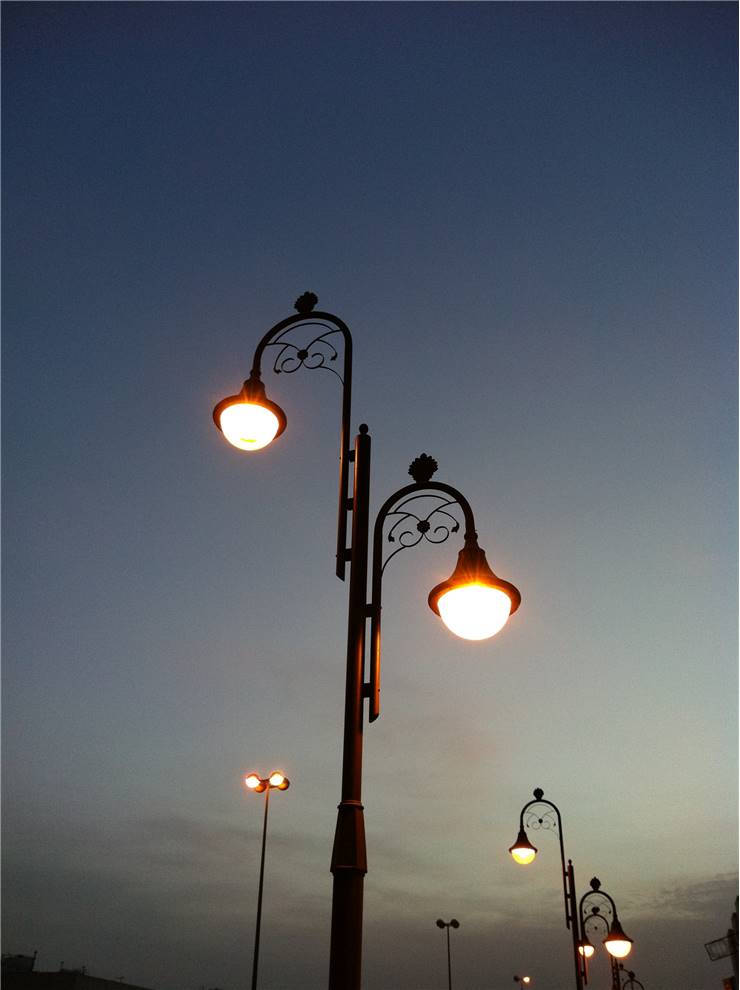History of Street Lighting
Lack of natural light during nighttime in the urban environment was always a problem. From basic inconvenience that people cannot see where they are going to the greater chance of being attacked or mugged during the night. Because the problem was there since humans started living together, history of street light is maybe longer than we think.
It is known that natural gas was led through bamboo pipes from volcano gas leaks to the streets of Peking to serve as a fuel for street lamps and that as early as 500 years BC. Ancient Romans used oil lamps filled with vegetable oil in front of their houses and had special slaves whose only duty was to take care of those lamps, to light them, extinguish them and watch that they always have oil. First organized method of public lightning was done on 1417, when Mayor of London, Sir Henry Barton first ordained that by law all houses must hang lanterns outside when night falls during the winter months. Paris street were illuminated first time by order in 1524 that said that all houses must have light in the windows at night if they face the streets. One more method to brighten the streets at nights were “link-boys”, children servants that wealthy citizens of London paid to carry torches while accompanying them through the city (practice that was sometimes dangerous because they sometimes led their costumers into dark alleys to be mugged by footpads).

Era of more efficient street lightning starts with William Murdock who, for the first time in 1802, lit the outside of the Soho Foundry in a public presentation with a gas light fueled with coal gas. After that, in 1807, London got its first gas lit street. Baltimore was the first city in the United States that started using gas for streetlight in 1816 while Paris started gas illumination of its streets in 1820. Gas was led through pipe installations to the gas lanterns that were placed on poles. Every evening the lamplighters, men whose job was to take care of the gas streetlights, were lighting the lanterns and every morning they were putting them off. This was done until the invention of the mechanism that lit the lamps when the gas was released in the lamp. After that came electricity and made street lightening even more efficient.
First electric streetlight used arc lamps, namely “Yablochkov candle”. It was first used in 1878 in Paris. By 1881, some 4000 were in use, replacing gas lanterns on the poles. After the spreading of the arc lamps in the United States, by 1890 there were more than 130,000 arc lamps installed as streetlights. Most of them were installed on the tops of so-called “moonlight towers” - tall, metal constructions that illuminated more city blocks at once. Arc lights had two major flaws: they made strong, harsh light and they did not last long. So in time they were replaced with incandescent lamps that were cheaper, brighter and lasted longer, while arc lamps remained useful on industrial sites. Today, streetlights use high-intensity discharge lamps, mostly HPS high-pressure sodium lamps.
